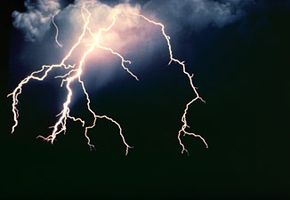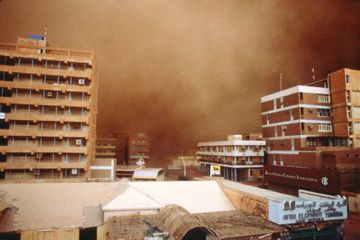Last, but not least, are earthquakes. The surface of the Earth is constantly affected by tectonic forces, and in certain places, the pressure accumulates enough to make the crust bend slightly. But because rock is very rigid, this stress eventually makes it snap back into a new position, releasing massive amounts of energy. These sudden movements, called seismic waves, vary widely in severity. From wobbling the water in your glass to the complete destruction of whole cities, depending on their intensity.
On Earth, it is estimated that there's an earthquake every 30 seconds. But the vast majority of those are too weak to be perceptible without very sensitive equipment. Large earthquakes, 6 and up on the Richter scale, happen over 100 times a year, though not always in densely inhabited regions.
A magnitude 4.0 earthquake is only equivalent to about 6 tons of TNT explosives, but because the Richter scale is a base-10 logarithmic scale, the amount of energy released increases quickly: A magnitude 5.0 earthquake is about 200 tons of TNT, magnitude 6.0 is 6,270 tons, 7.0 is 199,000 tons, 8.0 is 6,270,000 tons, and 9.0 is 99,000,000 tons of TNT. As you can imagine, 99 million tons of TNT is enough to destroy just about anything, and is the equivalent of about 25,000 nuclear bombs. (This is according to the Center for Earthquake Research and Information and the U.S. Geological Survey.)

